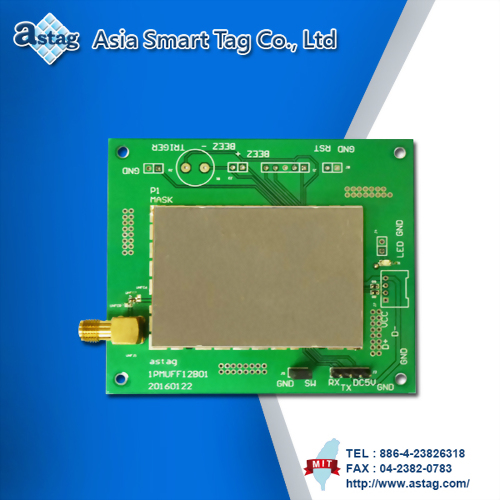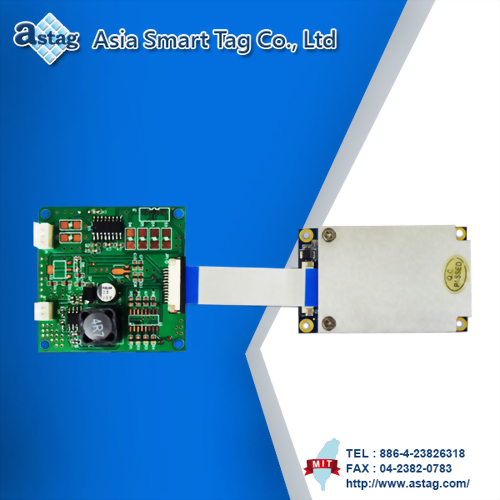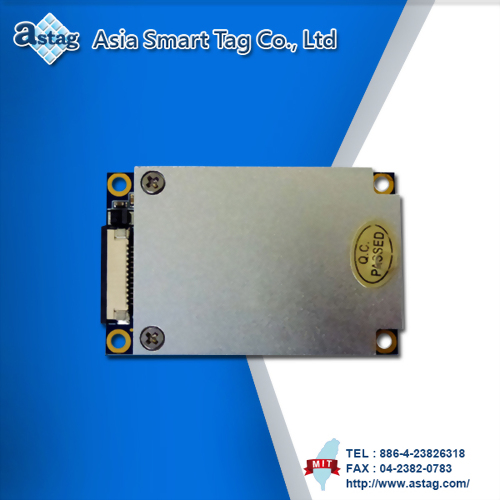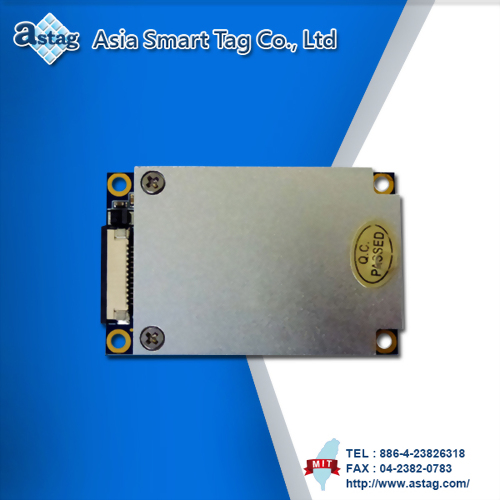RFID Reader Module (UHF)
A UHF (Ultra-High Frequency) RFID reader module is a device used to read RFID tags operating in the UHF frequency band, typically ranging from 860 MHz to 960 MHz. These modules are commonly used in various applications such as inventory management, access control, asset tracking, and logistics. Here's a brief overview of UHF RFID reader modules:
1. Communication Interface:
UHF RFID reader modules typically support various communication interfaces such as TCP/IP、USB、BLE、WiFi、I2C、UART、Wiegand、RS-232、RS-485. These interfaces allow the reader module to communicate with external devices such as computers, microcontrollers, or network servers.
2. Communication Protocols:
UHF RFID reader modules support various communication protocols, including EPC C1G2 and ISO18000-6C standards. These protocols define the communication methods between the reader and the RFID tags.
3. Features:
UHF has a wide range of actions and fast data transmission speed, but it is more energy-consuming, has weak penetration, and cannot have too much interference in the work area.
4. Antenna Function:
The module includes an antenna that emits radio waves in the UHF frequency range and receives signals from RFID tags.
5. Applications:
UHF RFID is widely used in supply chain management, production line automation management, aviation package management, container management, parking lot management, non-parking charge management, library management, storage management, and many more.





